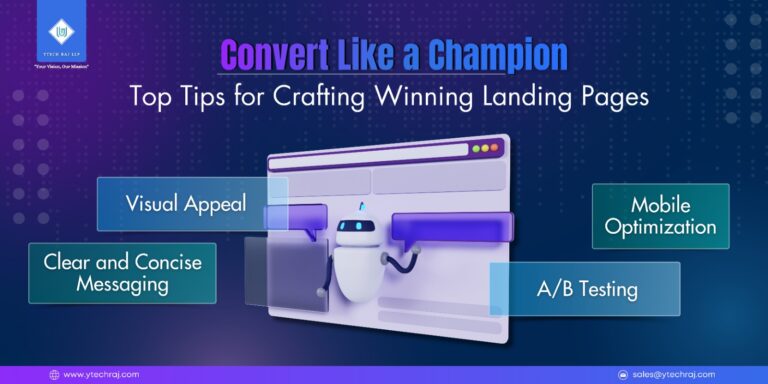
- Date: July 21, 2024
Best Landing Pages : Expert Tips and Tricks for Maximum Conversions
- 10 min read
- 0 comment
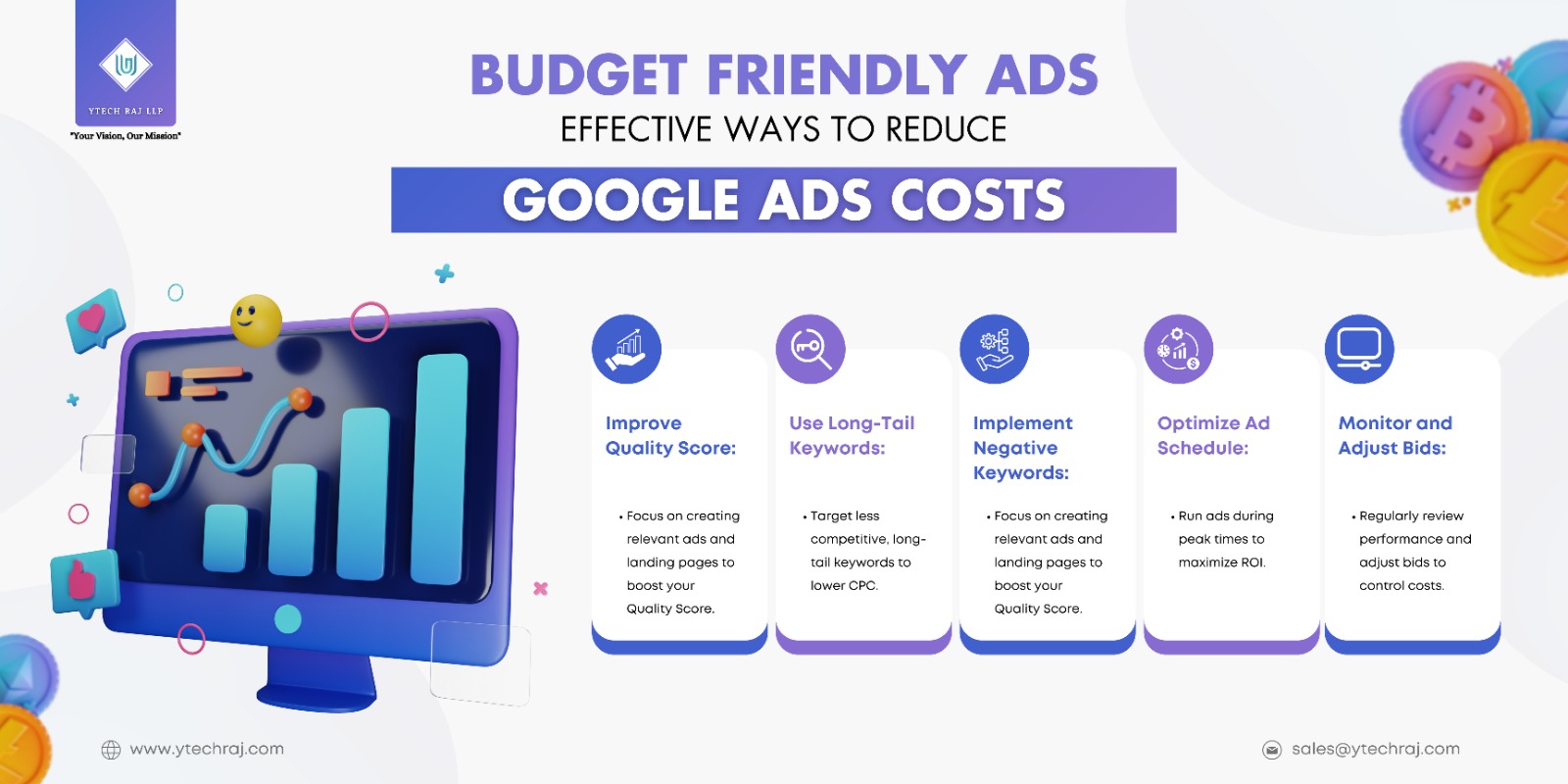
Understanding the cost of Google Ads can be the difference between a successful marketing campaign and a budgetary nightmare. Google Ads, also known as Google AdWords, offers a variety of advertising options to suit different business needs. But how much do these ads actually cost? This comprehensive guide will break down the various types of Google Ads, their costs, and what factors influence these costs. By the end of this article, you’ll have a clear understanding of what to expect when budgeting for your Google Ads campaigns.
Google Ads operates on a pay-per-click (PPC) model, meaning advertisers pay each time a user clicks on their ad. However, the cost can vary widely depending on several factors such as industry, competition, and the quality of your ad. Let's dive into the details to understand how much you might need to spend.
Several factors influence the cost of Google Ads:
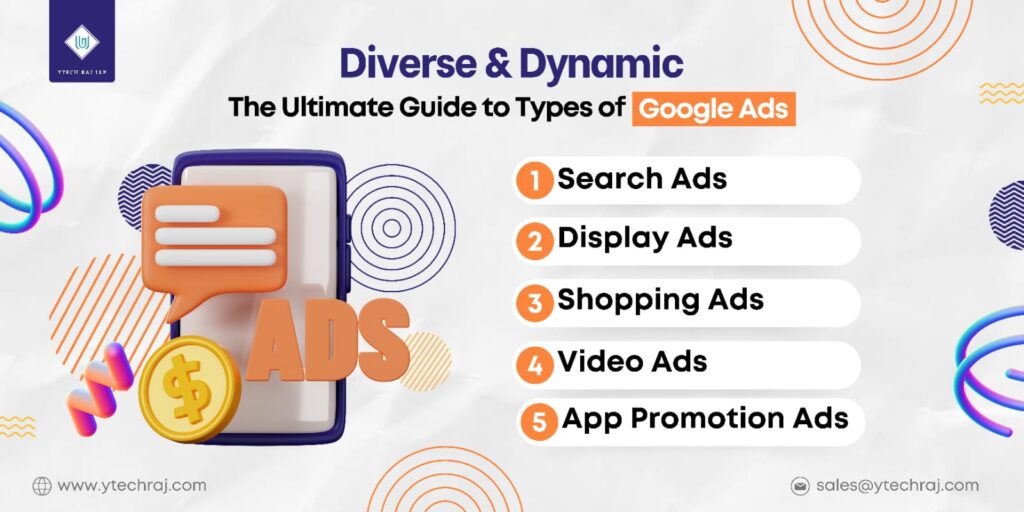
What are Search Ads? Search Ads appear at the top or bottom of Google search results. They are text-based and triggered by user searches.
Cost of Search Ads:
Factors Affecting Cost:
What are Display Ads? Display Ads appear on the Google Display Network, which includes millions of websites, apps, and videos. These ads can be text, image, or video-based.
Cost of Display Ads:
Factors Affecting Cost:
What are Shopping Ads? Shopping Ads display product images, prices, and business names directly in search results. These ads are ideal for e-commerce businesses.
Cost of Shopping Ads:
Factors Affecting Cost:
What are Video Ads? Video Ads appear on YouTube and across the Google Display Network. They can be skippable or non-skippable.
Cost of Video Ads:
Factors Affecting Cost:
What are App Promotion Ads? App Promotion Ads drive app downloads and engagement across Google Search, Play, YouTube, and the Display Network.
Cost of App Promotion Ads:
Factors Affecting Cost:
Calculating your Google Ads budget involves estimating your desired outcomes and the associated costs. Here’s a step-by-step guide:
- Improve Quality Score:
- Focus on creating relevant ads and landing pages to boost your Quality Score.
- Use Long-Tail Keywords:
- Target less competitive, long-tail keywords to lower CPC.
- Implement Negative Keywords:
- Exclude irrelevant search terms to prevent wasted spend.
- Optimize Ad Schedule:
- Run ads during peak times to maximize ROI.
- Monitor and Adjust Bids:
- Regularly review performance and adjust bids to control costs.
Example 1: A local bakery used Google Ads to increase online orders. By targeting specific keywords like “fresh bread delivery” and optimizing their landing page, they reduced their CPC from $2 to $1.20 and saw a 30% increase in conversions.
Example 2: An e-commerce store selling electronics focused on Shopping Ads. By using high-quality images and competitive pricing, they achieved an average CPC of $0.85 and doubled their sales in three months.
Example 3: A mobile app developer promoted their app using App Promotion Ads. By targeting users interested in similar apps and offering a limited-time discount, they reduced their CPI to $1 and achieved a 40% increase in downloads.
Google Ads offers a powerful platform for businesses to reach their target audience, but understanding the costs involved is crucial for success. By considering the type of ad, industry, competition, and strategic optimization, you can effectively manage your Google Ads budget and achieve your marketing goals. Use the insights and tips provided in this guide to make informed decisions and maximize the return on your advertising investment.
By following these guidelines and continuously optimizing your campaigns, you can ensure that your Google Ads spend is both efficient and effective.
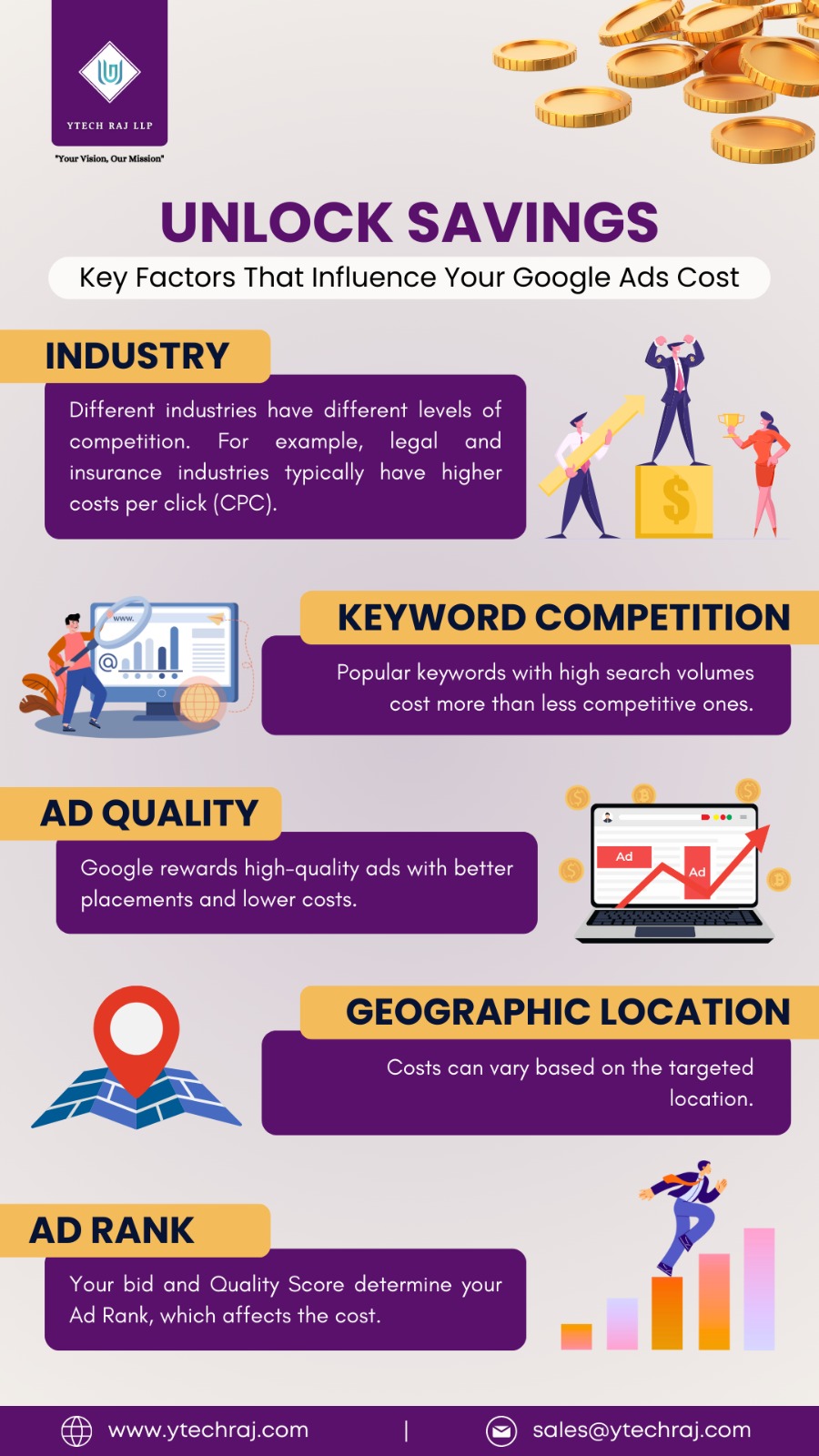

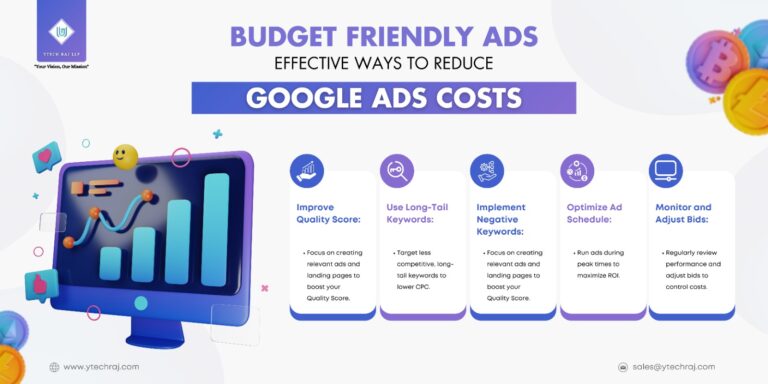
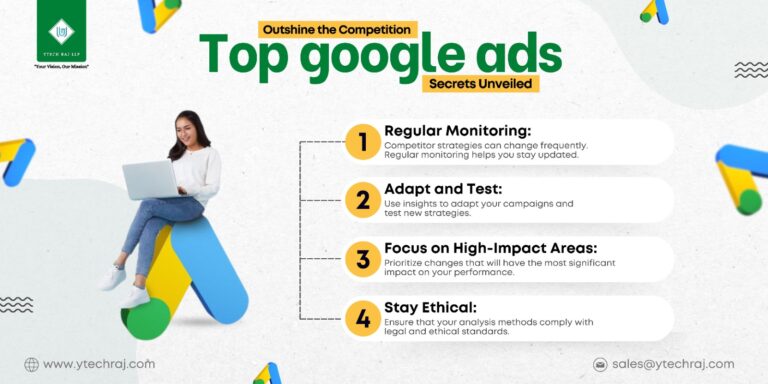
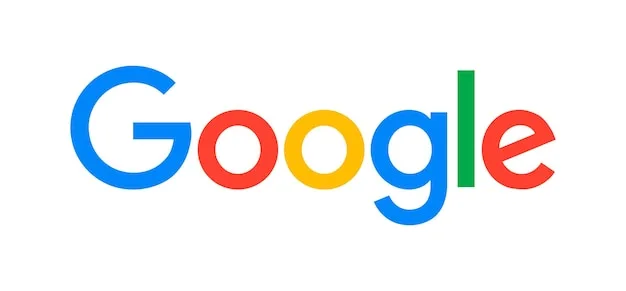


Copyright © 2024 YTech Raj LLP. All rights reserved.